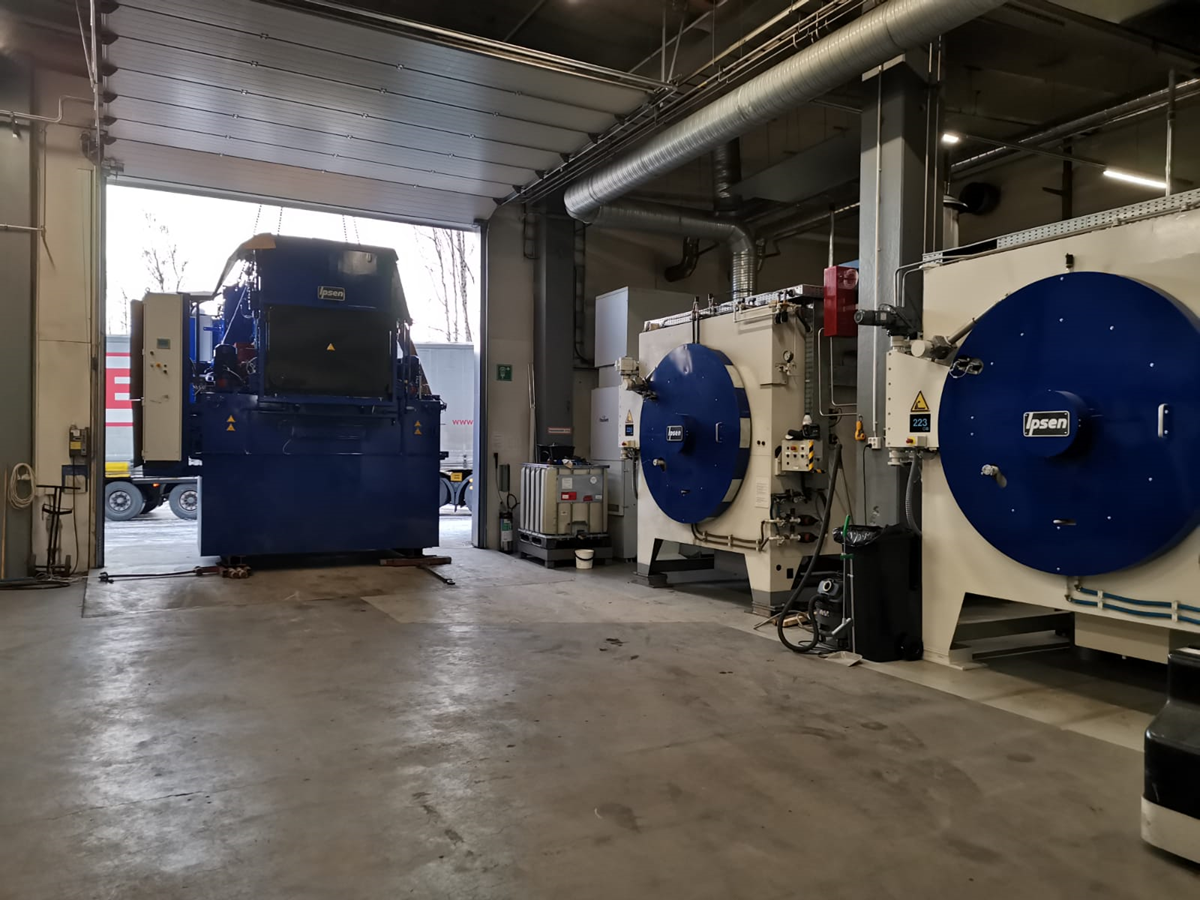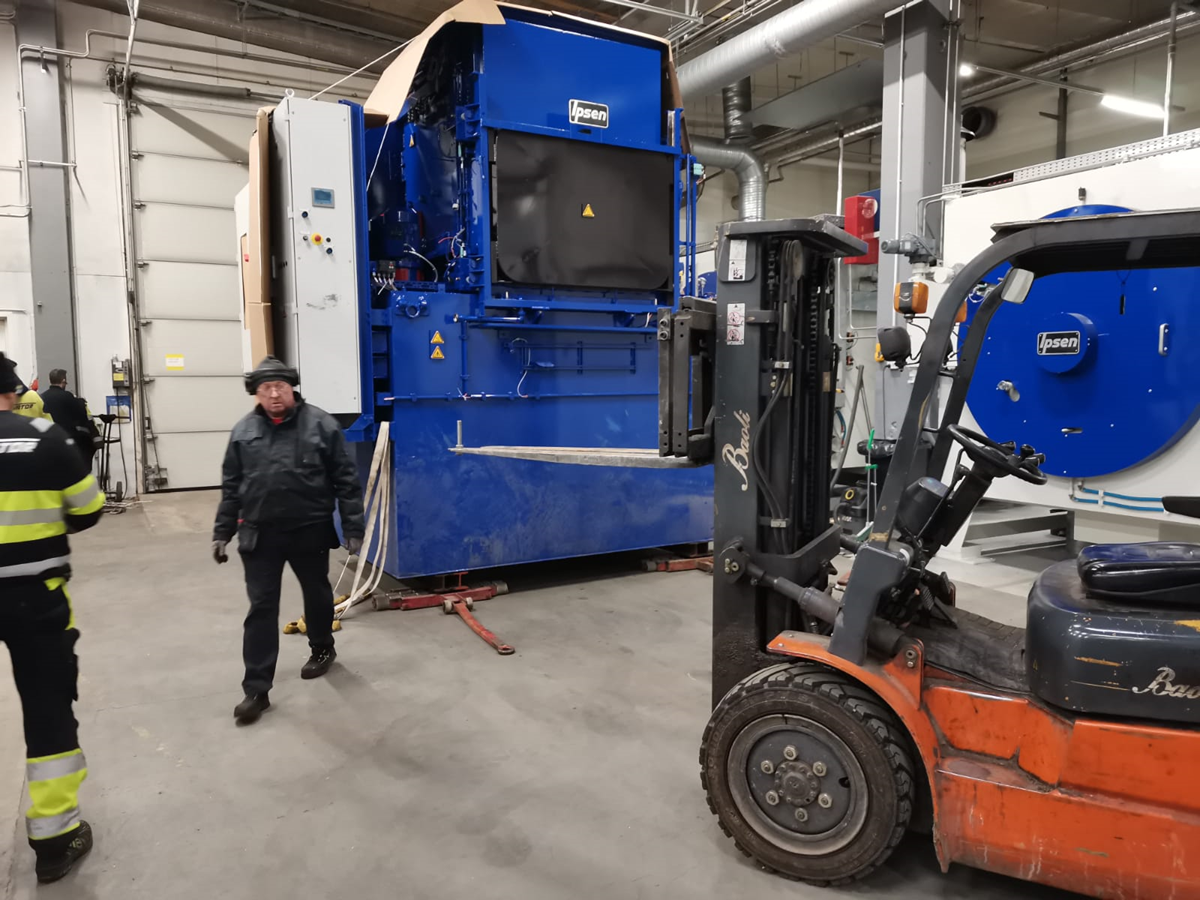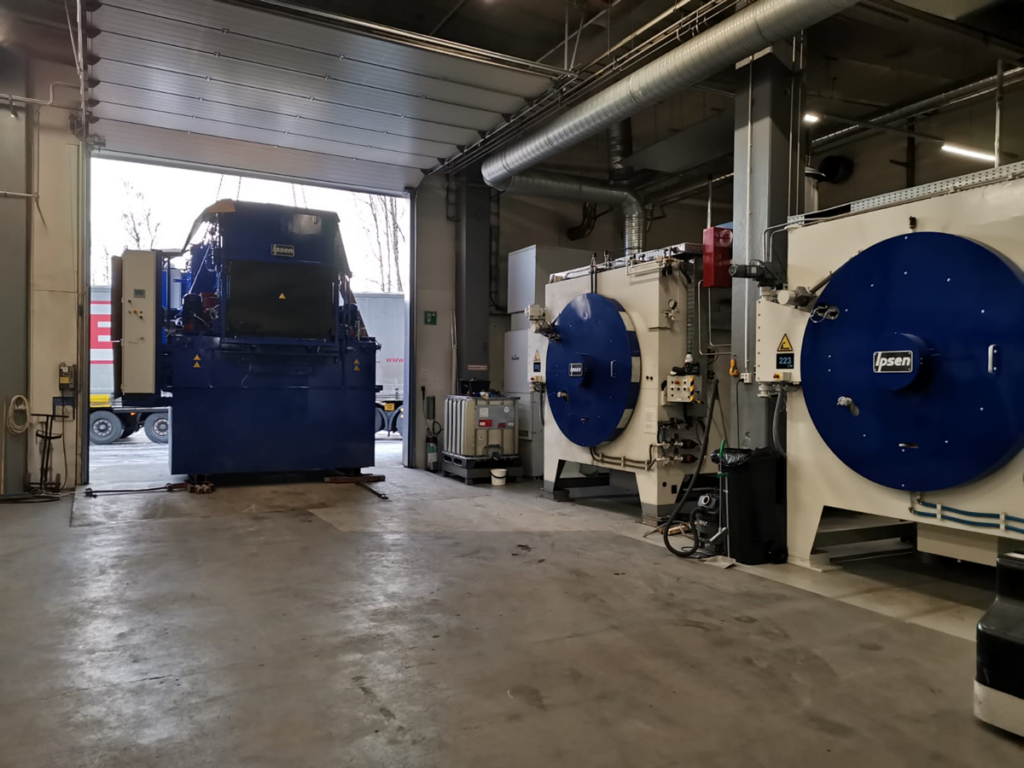The year 2023 is off to a good start. 2022 was an eventful year, but despite this, the metal industry remained relatively healthy throughout the year. The outbreak of the war in Ukraine added to the problems, particularly in terms of access to raw materials, but in the end the impact has been less than feared, apart from a sharp rise in prices. As is well known, steel prices almost doubled and many production inputs such as gases have seen even higher increases. Steel prices started to fall in the summer, but rose sharply again towards the end of the year as energy prices increased. As is also well known, the increased costs have been passed on to the prices of other goods and services, which in turn has caused record high inflation. This has also led to increases in basic steel prices at the turn of the year. The spiral of rising costs seems endless. The next big cost increase will come from the labour market, where collective bargaining has agreed in total a 7 % pay rise for this year and the next. Most of the increases will already come this year. It will take time for the situation to stabilise and for market mechanisms to work and rebalance the economy. Unfortunately, however, there will be no return to the old cost levels, and much of the increased costs will remain permanent.
Predicting the future is still just as difficult. On the positive side, energy sufficiency in Europe seems fairly secure. The mild winter has also helped to save energy. Despite the gloomy forecasts, electricity supplies have not been threatened and gas supplies in Finland and the Baltics have been secured by the gas terminal ship to Finland. The trial operation of Finland’s new Olkiluoto 3 nuclear power plant should resume at the beginning of March and the current plan is for regular electricity production to start at the beginning of April. Hopefully this schedule will hold, after which the plant will produce 15 % of Finland’s electricity. After that, Finland will move from being an electricity buyer to an electricity exporter. On the negative side, we must put the continuation of the war in Ukraine and the ever-threatening escalation of the war. Unfortunately, there is no quick solution for peace in sight and both sides are arming themselves and preparing for a long war.
It is also very difficult, or almost impossible, to predict the evolution of raw material prices. Prices for basic steels fell at the end of the year, but now seem to be on the rise again. This is partly due to steel imported from outside Europe, mainly from China, where prices were cheaper at the beginning, but now they have also risen. Overall, the price of these steels varies dramatically from batch to batch due to import restrictions and tariffs imposed by the EU. Prices for the more heavily alloyed steels used by Jame-Shaft also fell slightly in the autumn, but have now returned to around their highest level. One reason for the different trends is the amount of energy per tonne needed to produce these steels. The production of hardening steels, in particular, requires a particularly large amount of energy. In addition, the prices of the necessary alloying elements have remained high, with the price of molybdenum, for example, doubling. The current forecast is that the prices of the raw materials used by Jame-Shaft will remain at the current high level, and even a small price increase would not be a surprise. Prices of basic steels are expected to trend downwards due to falling demand (e.g. construction), but demand for steels used in mechanical engineering seems to remain at a good level, thus keeping prices high. On the positive side, steel availability is now at a satisfactory level and delivery times from the mills have clearly decreased.
Despite the difficulties, our industry has continued to perform reasonably well. Jame-Shaft has been able to deliver the ordered products in autumn 2022 with a good delivery reliability of 95-97%, depending on the month. In December and January, delivery reliability was even better! Our turnover is on budget, almost at last year’s level, but our order book is about 20% lower than a year ago. This is probably due to the fact that many of our customers have, for one reason or another, fallen behind in their production and have therefore not been able to buy the quantities forecast. As a result, we were forced to reduce our capacity in December, for example by taking time off from production and using the plus balance for time off. There is still some free capacity at the moment, but forecasts suggest that the situation should improve in the spring. In addition, many new products are coming into production, which will contribute to increasing capacity utilisation. If there have been or will be any changes to your forecasts, please let us know as soon as possible so that we can react if necessary.
Despite a slightly calmer moment, our faith in the future is strong. Investments will continue uninterrupted. Over the past year, we have invested particularly in heat treatment: the induction hardening machine and the new nitriding oven are in full production. The new carburizing furnace arrived in week 5 and its installation is in full swing. It is scheduled to be in production during March. Together, these three machines will significantly increase our heat treatment capacity while enabling Jame-Shaft to grow to a new revenue level. In addition, they bring scope and certainty to production, and we don’t have to rely on one device because there are alternatives. As previously mentioned, these purchases represent state-of-the-art technology and have been selected with particular emphasis on the most efficient use of energy in the process and other environmental factors, not forgetting, of course, efficiency and quality performance.


As mentioned in the previous press release, our next major investments will be in the grinding department. In week 7, the equipment for the centralized processing of grinding fluids arrived. The resulting layout changes have been completed and installation has started. A lot of piping is needed, because every machine connected to the system must have a flow and return pipe for the cutting fluid to the cleaning device. Currently, each grinding machine has its own filtering device based on a paper filter. In the new system, liquids are cleaned centrally and the cleaned liquid is pumped from the filter back to the individual machines. The advantage is better and more efficient filtration, which reduces the need to change fluids and allows better recycling of grinding waste for reuse in steel production. The space requirement is also reduced and workers’ time is not wasted on dealing with machine-specific filter equipment. In May-June, a robotic cylindrical grinder and a robotic centreless grinder will arrive to increase our grinding capacity. Increasing automation will make our operations more efficient and significantly increase our capacity in this area as well.
Let’s hope that spring progresses positively according to forecasts and plans. After a three-year break, we have finally been able to meet several customers in person. We are particularly pleased that several of our customers have taken the time to visit our factory. We hope to have more visitors during the spring. Supplier meetings are an important part of building a network of cooperation.
We wish all our customers a successful and fruitful year 2023.
In addition, a reminder to those of you who have received our customer satisfaction survey last week 14.2.2023, your feedback is valuable and by answering you are helping to develop our operations.
Best regards,
Mika Tuunainen
Managing Director
Jameshaft Oy

